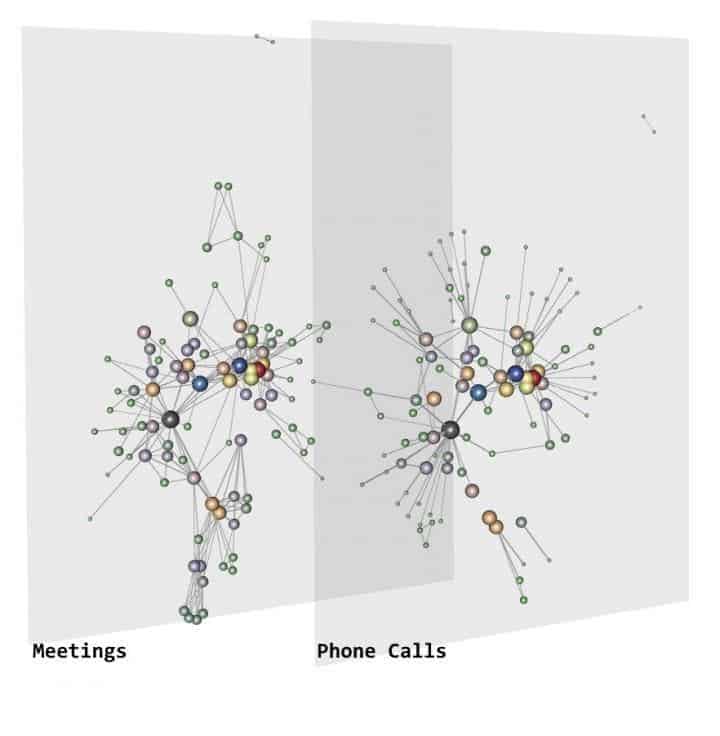
The Sicilian Mafia is a complex criminal network that has been active since the 19th century, despite huge pressures from competition and state opposition constantly challenging its existence. Part of the Mafia’s resilience can be explained by its network characteristics, which have always adapted to the times and technology and have proven difficult to penetrate by law enforcement.
In a new study, Lucia Cavallaro of the University of Derby and Annamaria Ficara of the University of Palermo have investigated how social network analysis can capture the shortest path of information flow that the Mafia uses to minimize the risk of interception.
“The main finding has been that using the “Betweenness centrality” could be the best metric among the existing ones to catch the criminal network structure in order to unveil the most important affiliates (in terms of best intermediaries) that connect the criminals to each other. This study has been done as a consequence of previous studies we conducted on other criminal networks. One of the most important point to be discovered in criminal network is their structure to speed-up and, hopefully, in the future also be able to predict the relationships among suspected,” Cavallaro told ZME Science.
In order to probe how information flows among criminal networks, the researchers compiled huge datasets from wiretaps and stakeouts involving two Mafia clans that were active in southern Italy in the early 2000s.

The data was then fed into an algorithm that simulated the network and compared different modes of measuring an individual’s influence within the network. This way, they could see why this approach was most effective for isolating targets for police raids or arrests.
According to the researchers, a type of network measure called “Betweenness centrality” was the most effective at identifying influential targets and capturing Mafia relationships.
“The centrality metrics are a useful tool that allow network scientists to identify the vital node (i.e., individual in our scenario) within a graph (mathematical structure that represents a network) by ranking them accordingly with certain conditions. In particular, the “Betweenness centrality” detects as vital nodes the ones that lay in between of the majority of the network shortest paths (communication flow). Thus, the intermediaries in a criminal network play a central role to spread the information within and outside the clan. Identify who those people are lead law enforcement agencies to prioritise them when they conduct investigations. Generally speaking, once those suspected have been arrested, the overall network is severely affected in terms of connections stability,” Cavallaro said.
Law enforcement agencies may find replicating the same approach with recent surveillance data could allow them to identify prime criminal organization targets. For now, the authors of the study have publicized their datasets and source code, which is freely available online.
“Up to now, we are conducting preliminary studies even though, due to the lack of data, the work is challenging to progress. The idea is to keep working on well-known gangs (which suspected have already been arrested) in order to find a pattern in terms of how and when a new connection emerges with the final goal to try to predict those connections earlier in time or, on the other side, be able to define a new centrality metric that takes into account the kind of inner relationship that born in those particular type of social networks,” said Cavallaro.
“One of the co-authors is a sergeant of police (sottufficiale dei Carabinieri) with a Ph.D. in Computer Science. His professional expertise has been invaluable to conduct our analysis. Furthermore, this line of research was born from his intuition in 2010. Last but not least, he still uses the tools described in our paper to conduct his investigative activity.”
“I and my colleagues have in mind as further analysis to consider both human and social capitals. It means to take into account not only the relationships among individuals but also their human skills in terms of the role they cover within the criminal organization (e.g., whether there is a sniper or if there are some of the affiliates with deep knowledge of drug synthesis, etc).”
The findings appeared in the journal PLoS ONE.


